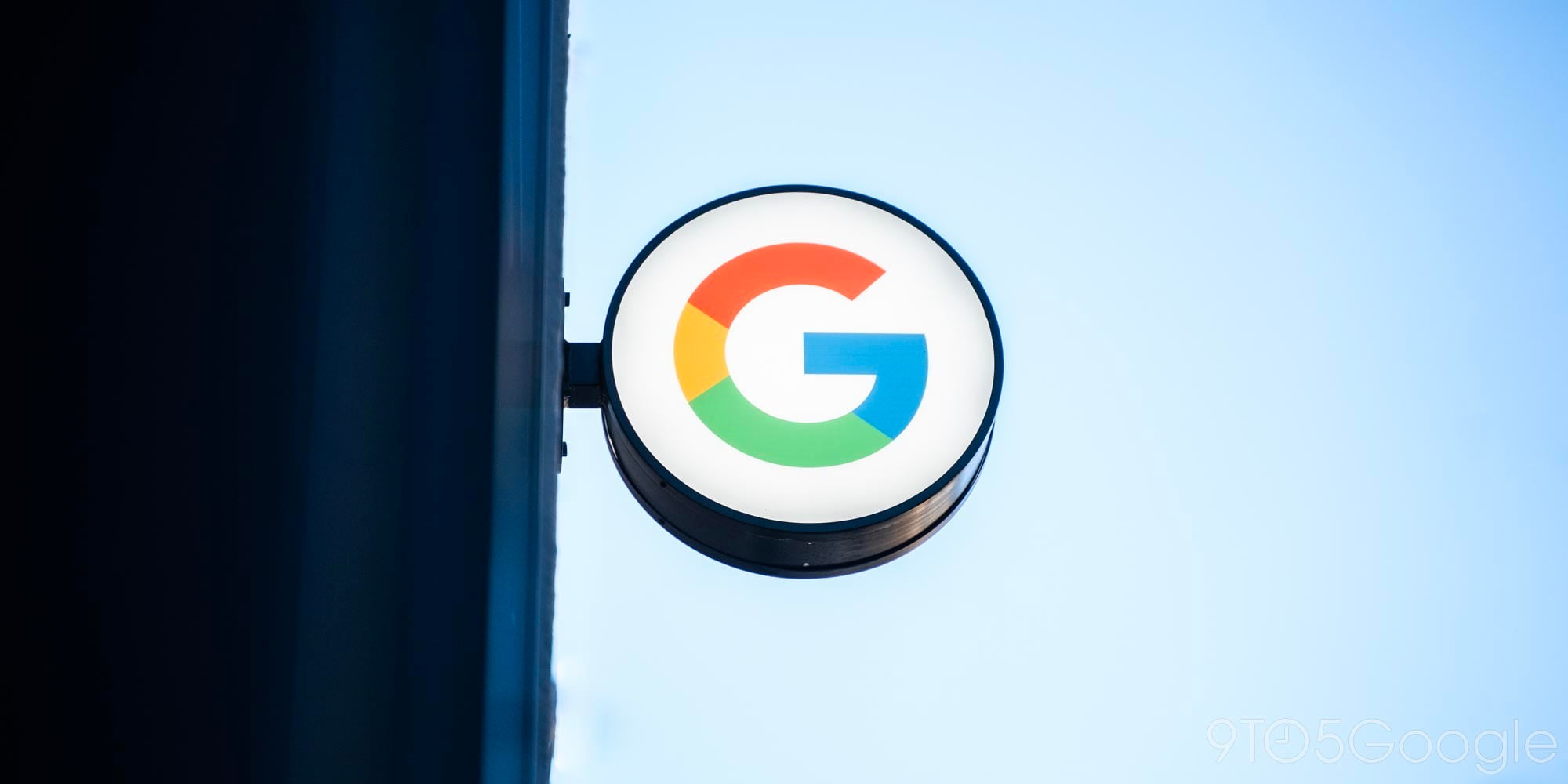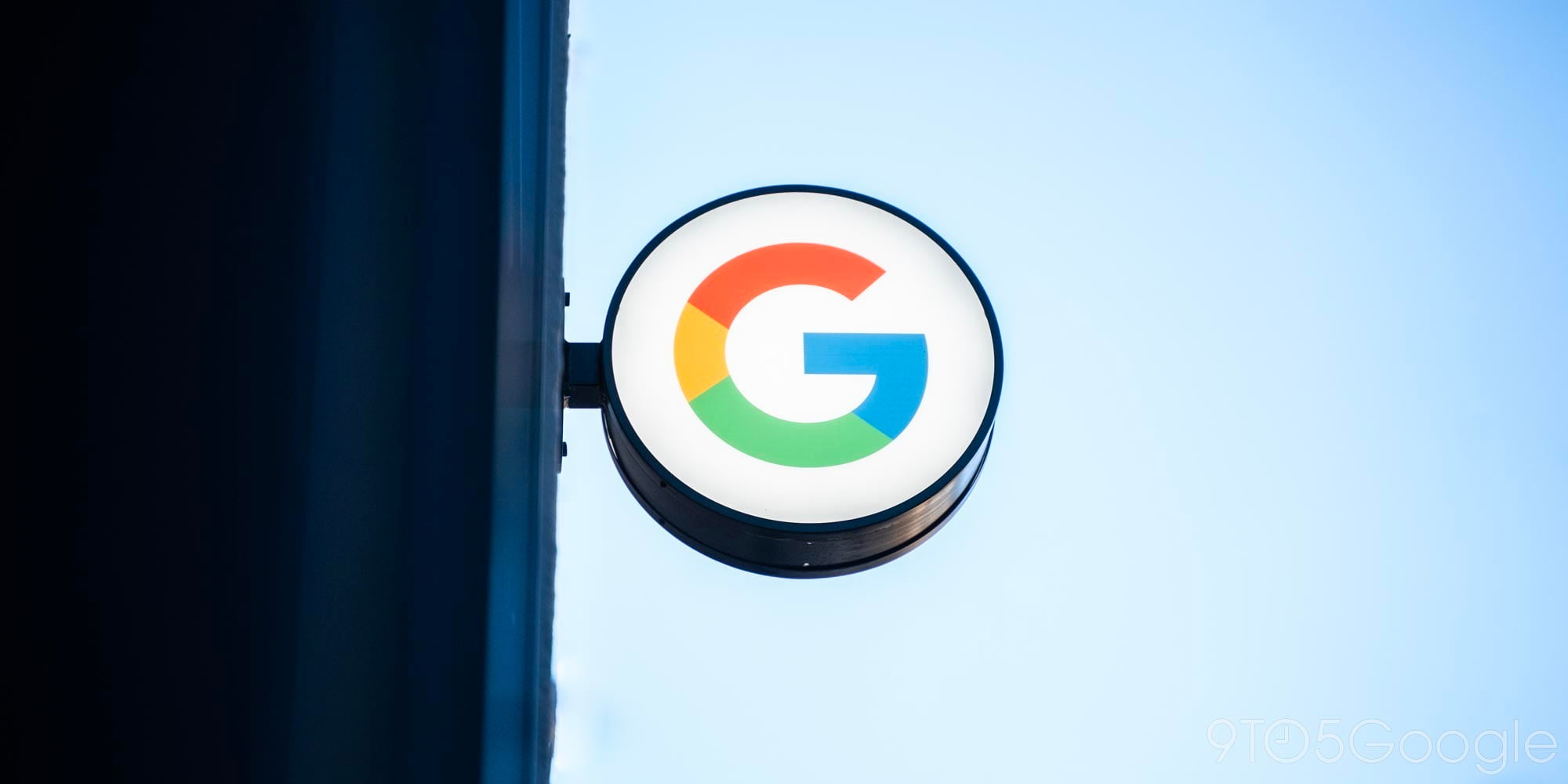
Google’s latest camera patent features GPS tech that auto-adjusts settings to weather
Patents don’t always become reality, but they—such as Google’s latest camera settings patent— are certainly an interesting look into the possible future.
As reported by Engadget, a new Google patent filed with the United States Patent and Trademark Office describes a method of using GPS technology to auto-adjust a camera’s settings. The GPS would gather data for local climate and tune the camera’s white balance and saturation, for instance, to match the weather.
For those interested, the patent’s legalese abstract follows:
Disclosed herein is a method for capturing an image using an image capture device equipped with a processor. The method includes receiving an electromagnetic signal transmitted from a remote station, determining a location of the image capture device based on the received electromagnetic signal, establishing communication over a network between the image capture device and a remote server, transmitting a request to the remote server for weather information pertaining to the determined location; receiving the weather information, determining an ambient lighting value based on the weather information, capturing an image using the image capture device, and processing the captured image using the determined ambient lighting value.
Photographers can fine-tune their own settings now, obviously, but Google’s patent is an interesting spin on GPS and camera settings. Marrying the two functions together would certainly create new, appealing technology for snapping beautiful images in rain or shine and on the fly.




